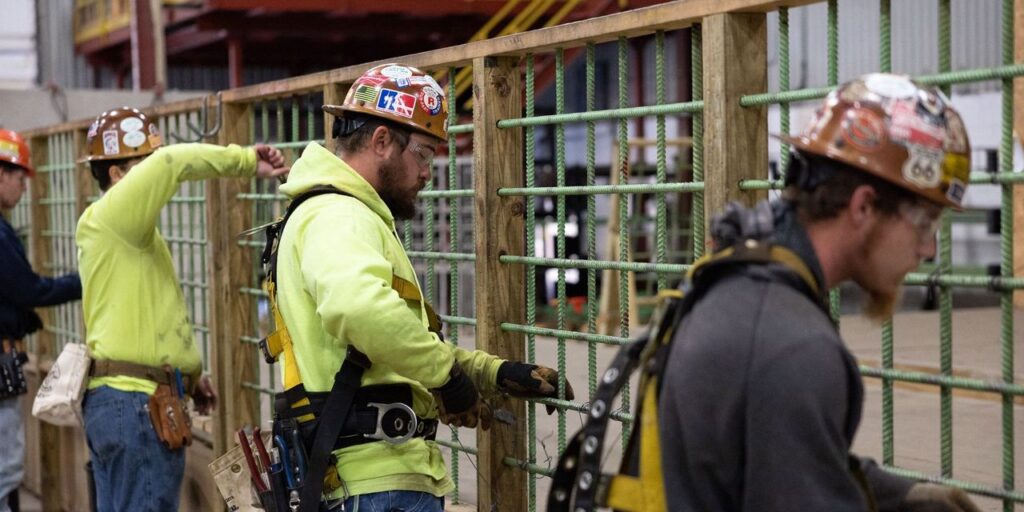The numbers: The number of people who applied for U.S. unemployment benefits in early June jumped to a nearly two-year high of 261,000, but most of the increase took place in just two states: Ohio and California.
New jobless claims in the seven days ended June 3 climbed by 28,000 from the prior week, the Labor Department said Thursday. The figures are seasonally adjusted.
Layoffs rose early in the year and pushed jobless claims above 200,000, but until this week, Jobless claims has barely changed since the spring and indicated that layoffs remained low.
Key details: Of the 53 U.S. states and territories that report jobless claims, 27 showed an increase last week. The other 26 posted a decline.
Most of the increase was in California and Ohio. Minnesota also saw a sizable increase.
Actual or unadjusted claims surged by 6,345 in Ohio to 16,717 — an unusually large gain.
And they rose by 5,173 to 48,750 in California, the state with by far the largest number of jobless claims. That could reflect tech-related layoffs.
Yet lots of states, including California, have suffered from a flood of fraudulent claims since the pandemic. Massive fraud in Massachusetts, for instanced, skewed the national jobless claims totals from March through May.
Before seasonal adjustments, new U.S. jobless claims were a much smaller 219,391 last week. That was up from 208,856 in the prior week.
The Memorial Day holiday may have also influenced new filings. Some people either delay or accelerate their claims applications around a holiday.
The number of people collecting unemployment benefits in the U.S., meanwhile, fell by 37,000 to 1.76 million.
A gradual increase in these so-called continuing claims over the past year suggests it’s taking longer for people who lose their jobs to find new ones.
Big picture: Unemployment claims typically begin to rise when the economy is deteriorating and a recession is approaching. The latest increase could be a red flag, but it will take a series of higher readings to cement the case.
Still, the increase in claims could give the Federal Reserve more reason to “skip” another increase in U.S. interest rates when senior officials meet next week.
Wall Street widely expects the Fed to stay put to give it more time to evaluate the economy and gauge how quickly inflation is slowing after a series of rate hikes over the past year. The Fed hopes the labor market will cool off further and reduce the upward pressure on wages.
Looking ahead: “The latest reading reflects a holiday-shortened week, which ought to raise suspicions that the big move was more noise than signal,” said chief economist Stephen Stanley of Santander Capital Markets. “I am eager to see next week’s reading before I draw any conclusions.”
“Rising initial jobless claims is a classic leading indicator of a recession, but a one-week jump is too little data to call a trend,” said Bill Adams, chief economist at Comerica.
Market reaction: The Dow Jones Industrial Average
DJIA,
and S&P 500
SPX,
were narrowly mixed in Thursday trades.
Read the full article here











